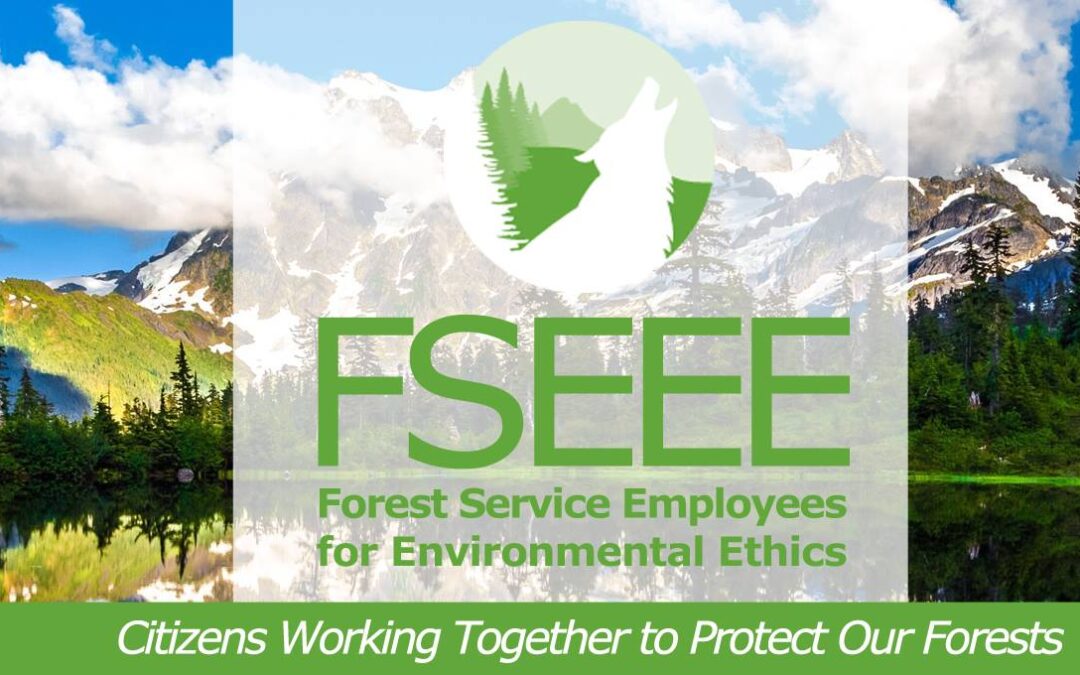“If you don’t have a seat at the table, you’re probably on the menu.”
— Elizabeth Warren
It is no coincidence that the rise of collaborative groups described in Christopher Ketcham’s guest essay followed the demise of the Forest Service’s logging-at-all-costs era. With visions of warring parties sitting around a fuels treatment singing Forest Service “Kumbaya” verses, the agency blandished potential collaborators with grant monies and the promise of access to its decision-making backroom, which only its traditional customers (ranchers, loggers, miners) had enjoyed previously.
Collaborative groups grew like invasive weeds. The Forest Service deftly side-stepped the Federal Advisory Committee Act, which mandates openness and representative participation, by outsourcing the formal convening of collaboratives to its trusted confederates, especially the National Forest Foundation, which incentivized participation by passing along federal dollars to environmental groups willing to take the bait.
To the Forest Service, collaboratives, as they came to be known, could be useful rubber stamps for the agency’s agenda. Participants were heavily weighted to local interests, particularly the same traditional customers who have always dictated the agency’s agenda. The conservation collaborators were chosen for their willingness to set aside litigation and politicking in favor of discussion and compromise. Collaboratives have never represented the national interest, nor were they intended to. Participants overwhelmingly live in neighboring communities, and less diverse assemblages would be difficult to imagine.
Although the era of collaboratives is declining (hyperpartisanship is not fertile ground for consensus-building exercises), I expect it will continue on life-support for so long as the National Forest Foundation and the Forest Service find collaboratives to be useful cheerleaders. To date, however, few collaboratives have become self-supporting nongovernmental organizations (NGOs) in their own right. Many exist only in name, a website, a few diehard participants, and a flotilla of government agencies and bureaucrats who circle around the carcass wondering if there’s anything “there.”
Along with the gradual demise of interest-based collaboratives, the Forest Service’s reliance on one-on-one partnerships with NGOs grows steadily. Southern Appalachian Wilderness Stewards and Siskiyou Mountain Club maintain national forest trails and teach wilderness skills to young people. These partnerships serve well-defined needs that the Forest Service’s preoccupation with fighting fires has short-changed. Collaboratives are a failed experiment; the future is partnerships.


